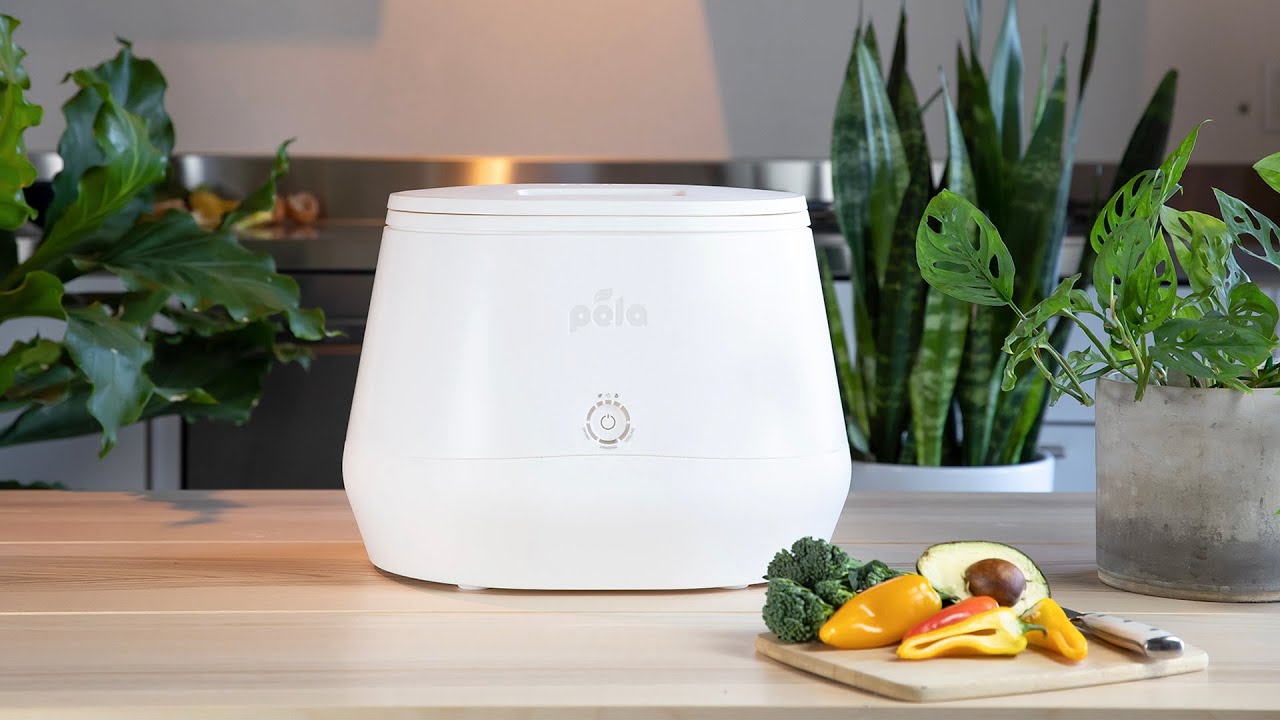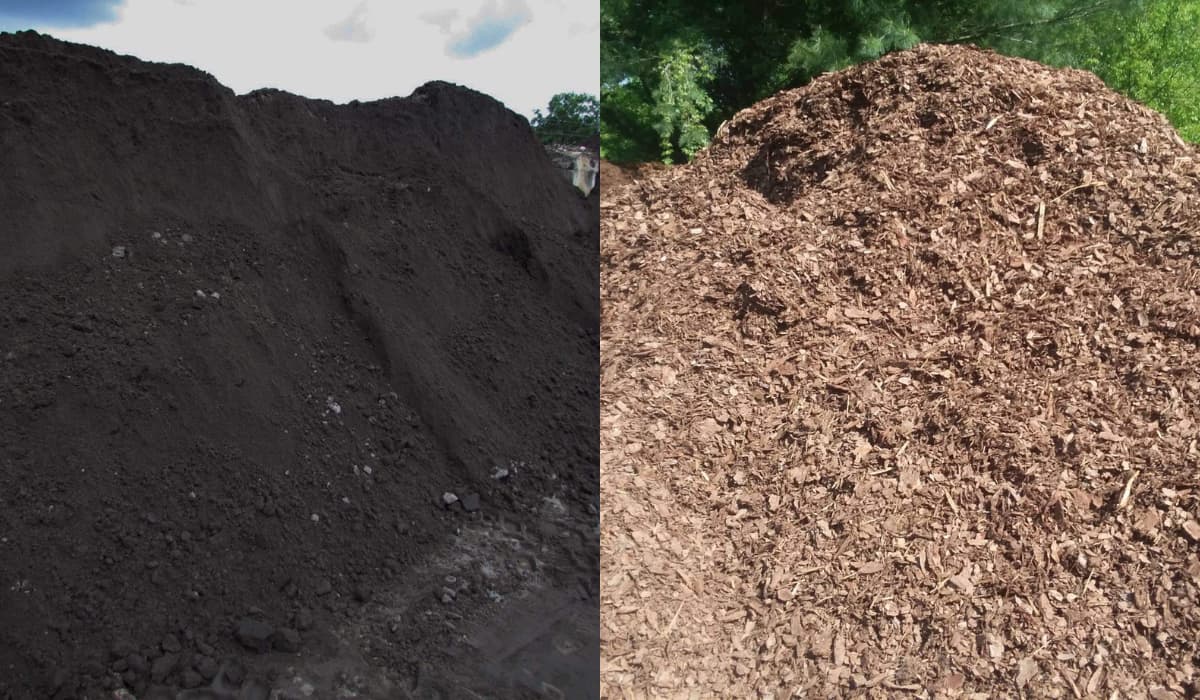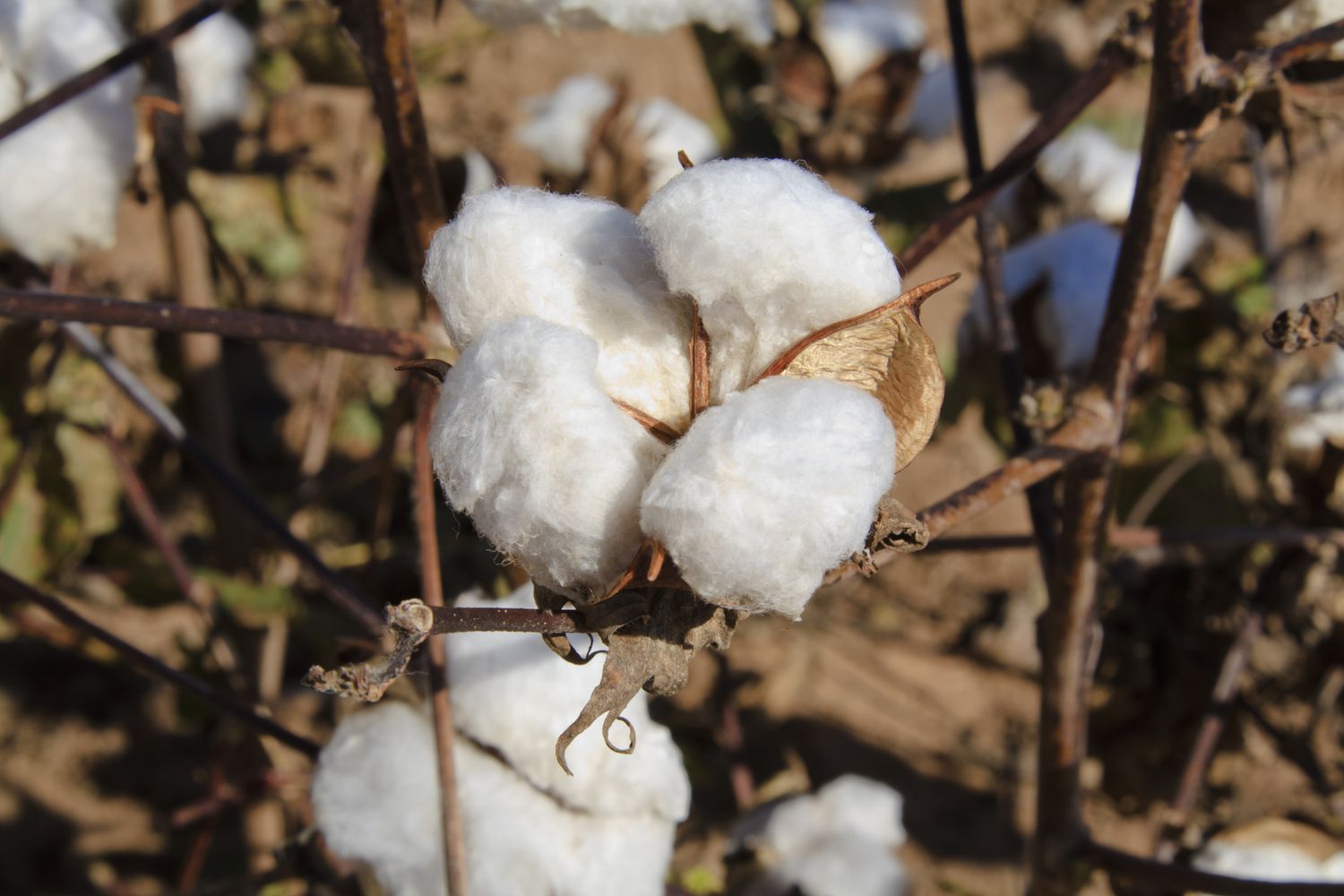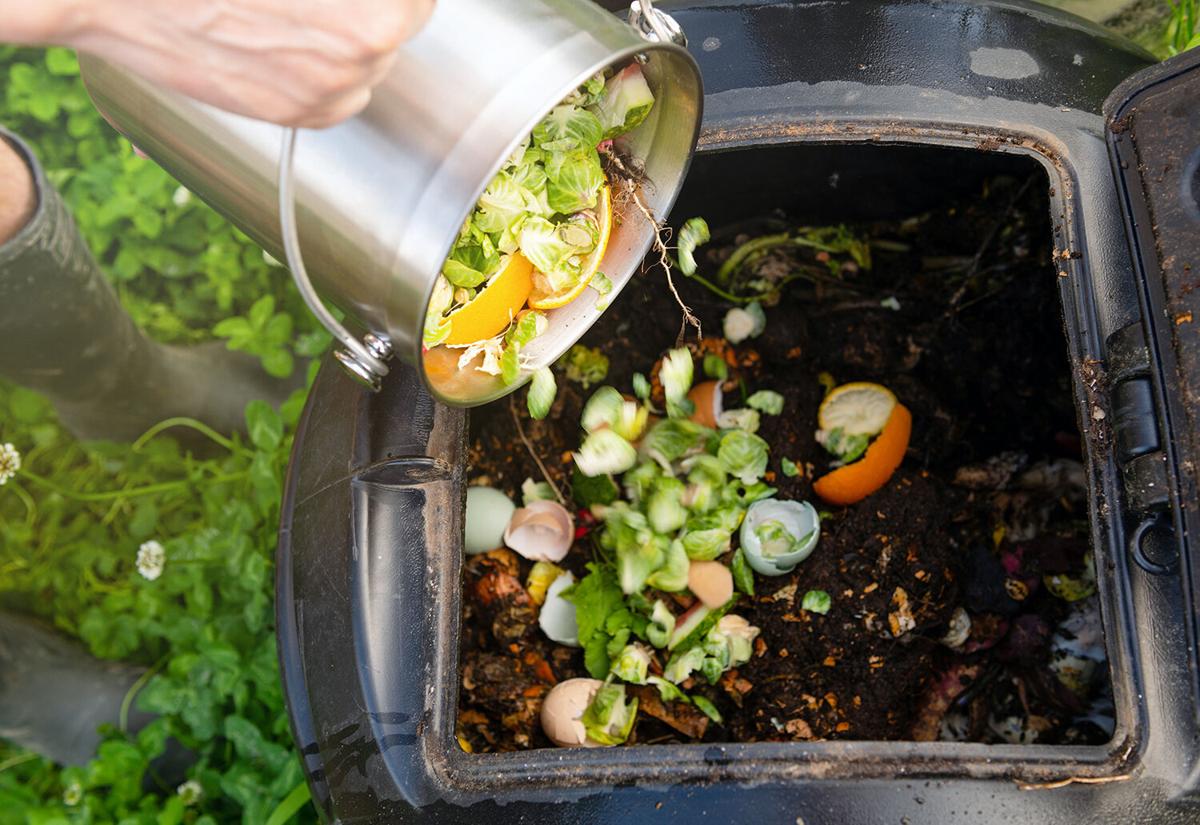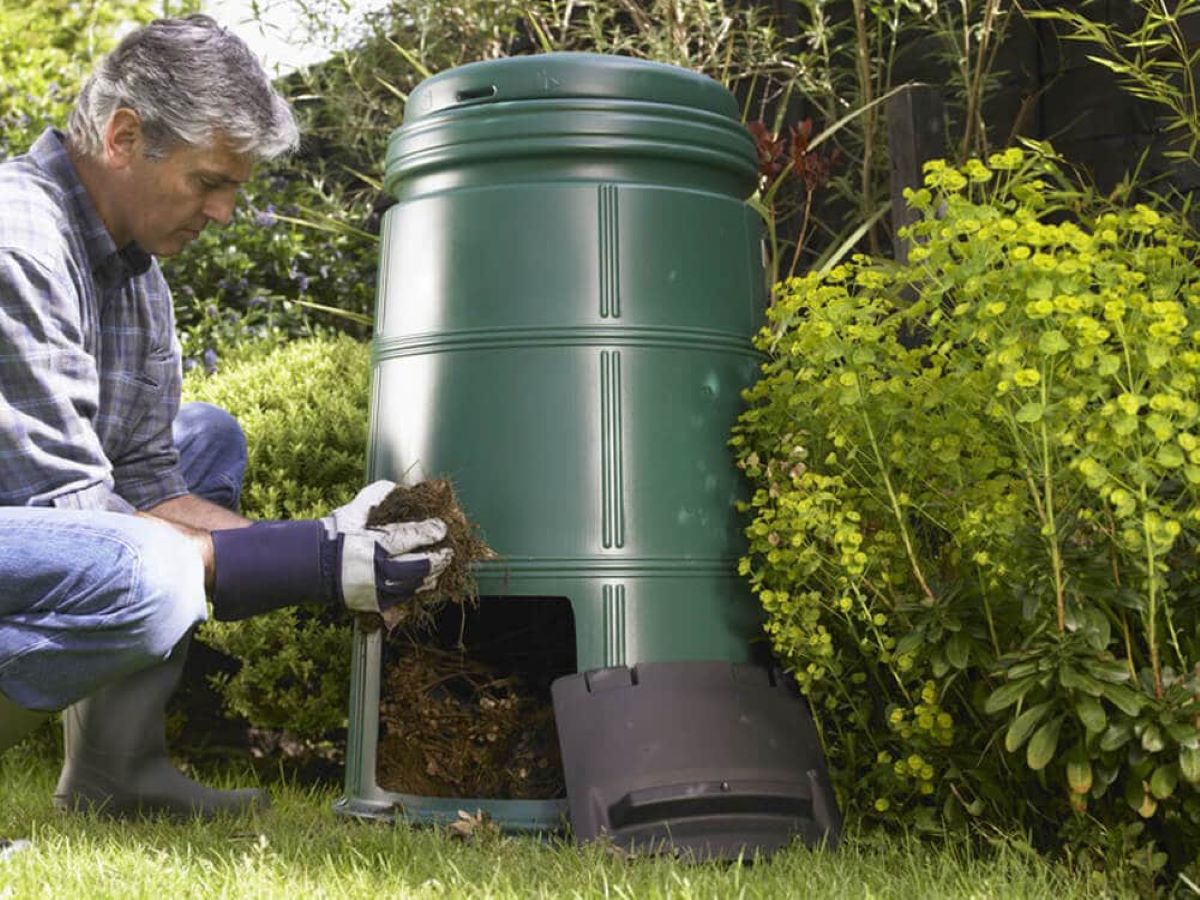Home>Gardening Tips and Tricks>Eco-Friendly Gardening>What Is Ericaceous Compost
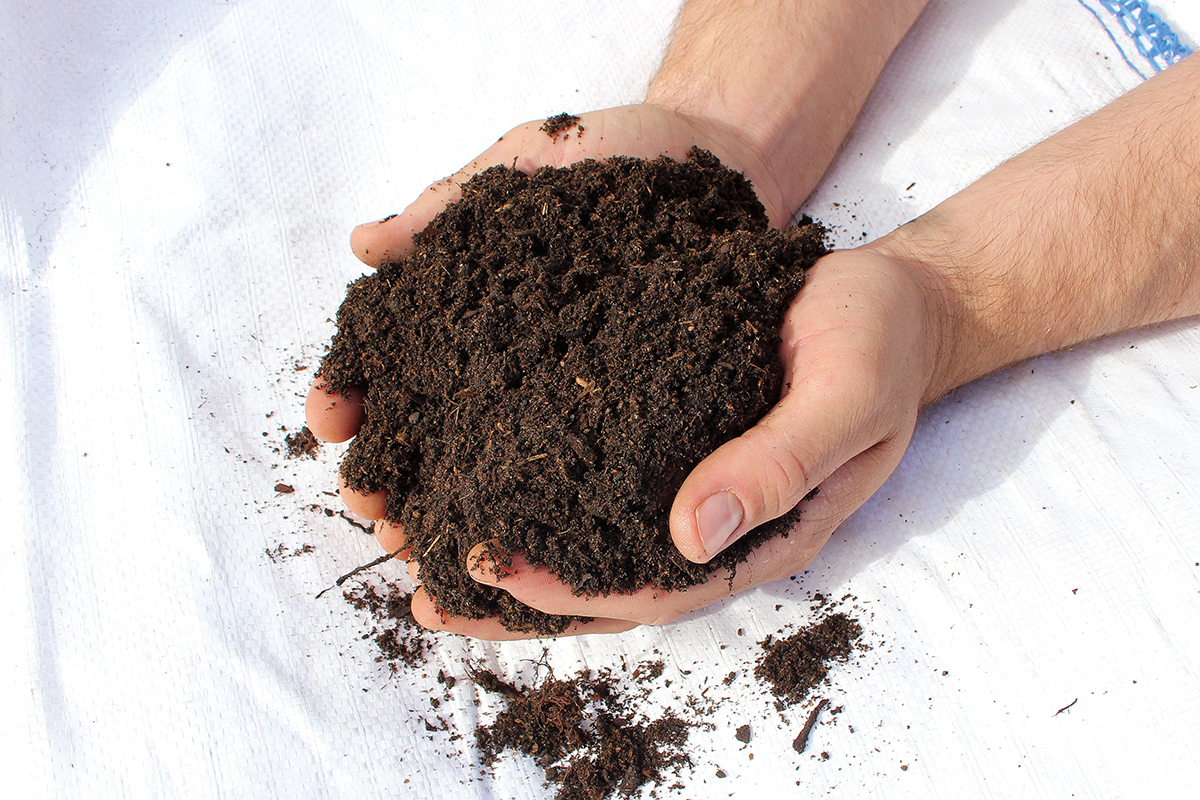

Eco-Friendly Gardening
What Is Ericaceous Compost
Modified: January 22, 2024
Discover the benefits of eco-friendly gardening with Ericaceous Compost. Boost the health of your acid-loving plants and create a sustainable garden.
(Many of the links in this article redirect to a specific reviewed product. Your purchase of these products through affiliate links helps to generate commission for Chicagolandgardening.com, at no extra cost. Learn more)
Table of Contents
Introduction
Welcome to the world of eco-friendly gardening! As our understanding of the impact of conventional gardening practices on the environment grows, more and more gardeners are seeking sustainable alternatives to nurture their plants. One such alternative is the use of ericaceous compost, which not only provides nourishment to plants but also helps to protect delicate ecosystems.
Ericaceous compost is specially formulated for plants that thrive in acidic soil conditions. It is a versatile and essential component in the gardener’s toolkit, offering numerous benefits for various types of plants, including azaleas, rhododendrons, blueberries, camellias, and more. This type of compost assists in maintaining optimum soil acidity levels, providing the ideal environment for these acid-loving plants to flourish.
In this article, we will explore the definition of ericaceous compost, its components, the benefits it provides, and how to use and maintain it effectively. Whether you are a beginner gardener or a seasoned pro, understanding the importance of using ericaceous compost will help you create a thriving and sustainable garden.
Definition of Ericaceous Compost
Ericaceous compost, also known as acid compost, is a specialized type of compost that is specifically designed for acid-loving plants. It is formulated to provide the ideal growing conditions for plants that thrive in acidic soil, such as azaleas, rhododendrons, blueberries, camellias, heathers, and many others.
What sets ericaceous compost apart from regular compost is its pH level. Acid-loving plants require a lower pH level in the soil to access vital nutrients effectively. Typically, ericaceous compost has a pH level below 7, which ensures that the soil remains acidic and suits the specific needs of these plants.
Ericaceous compost is composed of a mixture of organic materials that help create the desired acidity in the soil. These materials may include things like pine needles, peat moss, sawdust, and bark, all of which contribute to creating a slightly acidic environment that mimics the plants’ natural habitat in the wild.
It’s important to note that while ericaceous compost is primarily used for acid-loving plants, it can also be beneficial for other plant varieties, especially if your soil tends to be more alkaline. Adding a layer of ericaceous compost to the soil can help adjust the pH level and make it more suitable for a broader range of plants.
In summary, ericaceous compost is a specialized type of compost specifically formulated to create an ideal acidic environment in the soil. It supports the growth and development of acid-loving plants, ensuring they receive the necessary nutrients and thrive in your garden.
Components of Ericaceous Compost
Ericaceous compost is composed of a carefully selected blend of organic materials that work together to create the ideal growing conditions for acid-loving plants. Each component plays a vital role in providing the necessary nutrients and maintaining the acidity of the soil. Let’s take a closer look at the key components of ericaceous compost.
1. Peat Moss: Peat moss is a commonly used ingredient in ericaceous compost. It helps to retain moisture in the soil and improve its structure. Peat moss is known for its acidic pH, making it an excellent addition to create the acidic environment that acid-loving plants require.
2. Pine Needles: Pine needles provide a natural source of acidity to the compost. They are rich in organic matter and contain substances that help lower the pH of the soil. Pine needles also enhance water drainage and improve soil aeration, creating a healthy growing medium for plants.
3. Bark: Bark is another essential component of ericaceous compost. It not only helps to acidify the soil but also contributes to moisture retention and acts as a natural weed suppressant. Bark also adds structure to the compost, allowing for better root development and nutrient absorption.
4. Sawdust: Sawdust is often added to ericaceous compost as it helps to lower the pH level of the soil. It provides a slow-release of nutrients and helps improve the overall texture of the compost. However, it’s important to note that sawdust should be well-aged and from untreated wood to avoid any potential harm to the plants.
5. Other Organic Matter: Additional organic matter such as well-rotted manure, composted leaves, and kitchen scraps can also be incorporated into ericaceous compost. These materials contribute to the overall nutrient content of the compost, enriching the soil and promoting healthy plant growth.
By combining these components in the right proportions, ericaceous compost provides the necessary nutrition and acidity for acid-loving plants. It creates a balanced and nutrient-rich environment, ensuring the plants receive the ideal conditions to thrive and produce vibrant blooms or bountiful harvests.
Benefits of Using Ericaceous Compost
Using ericaceous compost in your garden offers a multitude of benefits for both the plants and the overall ecosystem. Let’s explore some of the key advantages of incorporating ericaceous compost into your gardening routine.
1. Optimal Soil pH: Acid-loving plants require a lower pH level in the soil to access essential nutrients efficiently. Ericaceous compost helps to create and maintain the acidity levels necessary for these plants to thrive. By providing the optimal pH, ericaceous compost ensures that your acid-loving plants receive the nutrients they need for healthy growth and vibrant blooms.
2. Improved Soil Structure: Ericaceous compost contains organic materials that help improve the structure of the soil. It enhances soil drainage and aeration, preventing waterlogged conditions that can lead to root rot or suffocation of the plants. The improved soil structure also promotes vigorous root development and enhances nutrient uptake.
3. Enhanced Nutrient Content: Ericaceous compost is rich in organic matter, making it an excellent source of nutrients for plants. The compost slowly releases essential elements like nitrogen, phosphorus, and potassium, providing a steady supply of nutrients over time. This results in healthier and more vigorous plant growth.
4. Retention of Moisture: The organic matter in ericaceous compost aids in retaining moisture in the soil. This is particularly beneficial in dry or arid climates, as it reduces the need for frequent watering and helps maintain adequate moisture levels for the plants. Adequate moisture retention also improves the overall resilience of the plants during periods of drought.
5. Environmental Sustainability: By using ericaceous compost, you contribute to eco-friendly gardening practices. The organic materials used in the compost are biodegradable, reducing waste and promoting sustainability. Furthermore, ericaceous compost helps maintain a healthy soil ecosystem by promoting beneficial microbes and earthworm activity, leading to a more balanced and thriving garden.
6. Versatility: While ericaceous compost is primarily used for acid-loving plants, it can also benefit other plant varieties. If your soil tends to be more alkaline, incorporating ericaceous compost can help adjust the pH level, making it more suitable for a wider range of plants.
In summary, using ericaceous compost in your garden provides numerous benefits, including optimized pH levels, improved soil structure, enhanced nutrient content, moisture retention, environmental sustainability, and versatility. By incorporating ericaceous compost into your gardening routine, you can create a thriving and sustainable garden environment for your plants to flourish.
How to Use Ericaceous Compost
Using ericaceous compost is relatively straightforward, and it can be incorporated into your garden in a few different ways. Here are some guidelines on how to effectively use ericaceous compost to maximize its benefits for your plants.
1. Mixing Into Existing Soil: If you’re starting a new garden bed or planting acid-loving plants in an existing bed, you can mix ericaceous compost into the soil. Use a garden fork or a tiller to incorporate the compost evenly, ensuring it is spread throughout the planting area. Aim for a ratio of about 25% ericaceous compost to 75% existing soil, though you can adjust this based on the specific needs of your plants and soil conditions.
2. Top Dressing: For established plants, you can apply ericaceous compost as a top dressing around the base of the plants. Spread a layer of compost about 2-3 inches thick, taking care to avoid direct contact with the stems or leaves. Gently rake the compost into the top layer of soil and water thoroughly to allow the compost to settle and release its nutrients into the soil.
3. Container Gardening: If you’re growing acid-loving plants in containers, you can use ericaceous compost as the primary growing medium. Fill the container with a mixture of ericaceous compost and a high-quality potting mix formulated for acid-loving plants. This will provide the necessary acidity and nutrients for the plants to thrive in container conditions.
4. Mulching: Another way to use ericaceous compost is as a mulch around acid-loving plants. Apply a layer of compost around the base of the plants, keeping a distance of a few inches from the stems. Mulching helps conserve moisture, suppresses weeds, and gradually releases nutrients into the soil as it breaks down. Make sure to water the area thoroughly after applying the mulch.
5. Seasonal Applications: For optimal results, it is recommended to apply ericaceous compost to your garden beds or containers annually. This can be done in early spring or fall to coincide with the planting and growing seasons. Replenishing the compost regularly ensures a steady supply of nutrients and helps maintain the desired acidity in the soil.
Remember to follow the specific instructions provided by the compost manufacturer and consider the specific needs of your plants when using ericaceous compost. Regularly monitor your plants’ health and adjust the compost application accordingly.
By incorporating ericaceous compost into your gardening practices, you provide your acid-loving plants with the ideal growing conditions and vital nutrients they need to flourish. Whether you mix it into the soil, use it as a top dressing, or apply it as mulch, ericaceous compost is a valuable tool in creating a thriving and sustainable garden.
Choosing the Right Ericaceous Compost
When it comes to selecting ericaceous compost for your garden, there are a few key factors to consider. Choosing the right compost will ensure that your acid-loving plants receive the proper nutrition and acidity levels they require. Here are some important considerations to keep in mind when selecting ericaceous compost.
1. Look for Quality: Opt for high-quality ericaceous compost from reputable suppliers or brands. Quality compost will be well-rotted, free from contaminants, and have a consistent texture. Avoid compost that has a strong, unpleasant odor or appears to be excessively moist or dry.
2. Check the pH Level: The pH level of ericaceous compost is crucial since it directly affects the acidity of the soil. Ideally, the pH level should be between 4.5 and 5.5 for acid-loving plants. Ensure that the compost you choose has been specifically formulated for acid-loving plants and has the correct pH level mentioned on the packaging.
3. Organic and Sustainable: Look for ericaceous compost made from organic and sustainable sources. Not only is organic compost better for the environment, but it also minimizes the risk of contaminants and synthetic chemicals that can harm your plants or the ecosystem. Organic compost is typically produced using natural methods, such as composting plant and animal waste.
4. Assess the Ingredients: Read the label or product description to understand the composition of the ericaceous compost. It should contain a balanced mixture of organic materials like peat moss, pine needles, bark, sawdust, and other natural components. A diverse mix of ingredients ensures a range of nutrients and helps create the desired acidity in the soil.
5. Consider Nutrient Content: Check if the ericaceous compost includes additional nutrients or additives. Some composts may have added fertilizers or beneficial microorganisms that can further enhance plant growth and health. However, be cautious with composts that contain synthetic additives or excessive amounts of chemicals.
6. Read Reviews and Recommendations: Before making a purchase, take the time to read customer reviews and seek recommendations from experienced gardeners. Their insights and experiences can help you make an informed decision and choose a reliable ericaceous compost that has delivered positive results for others.
By carefully considering these factors, you can select the right ericaceous compost that suits the specific needs of your acid-loving plants. It’s important to remember that different plants may have varying preferences, so understanding their requirements will ensure you provide the most suitable compost for optimal growth and vitality.
Investing in high-quality ericaceous compost will not only foster the health and beauty of your acid-loving plants but also contribute to the overall sustainability and success of your garden.
Maintaining Ericaceous Compost
To ensure the effectiveness of your ericaceous compost and promote a healthy garden environment, it’s essential to properly maintain and care for the compost. Here are some tips to help you maintain your ericaceous compost and maximize its benefits for your acid-loving plants.
1. Regular Turning: Regularly turn the ericaceous compost to promote proper aeration and decomposition. Use a garden fork or a compost turner to gently mix the compost, ensuring that the materials are evenly distributed. Turning the compost also helps prevent the formation of anaerobic pockets and improves the breakdown process.
2. Moisture Management: Maintain adequate moisture levels in the ericaceous compost. The compost should be moist, but not overly wet or dry. Periodically check the moisture content and adjust accordingly by adding water or dry materials like straw or shredded leaves to balance the moisture levels. Avoid waterlogged conditions, as they can lead to rot and an unfavorable environment for beneficial organisms.
3. Adding Organic Matter: From time to time, add fresh organic matter to the ericaceous compost to replenish nutrients and maintain its quality. This can include kitchen scraps, grass clippings, or well-rotted manure. Adding organic matter also encourages beneficial microbial activity, which aids in the decomposition process and contributes to the overall health of the compost.
4. Protect from Extreme Temperatures: Extreme temperatures can affect the composting process and the overall quality of the ericaceous compost. During hot, dry periods, ensure that the compost doesn’t dry out completely by providing adequate water. In cold winter months, insulate the compost pile with a layer of straw or leaves to prevent freezing and maintain microbial activity.
5. Avoid Contamination: Prevent contamination of the ericaceous compost by avoiding the addition of diseased plant matter, weeds with mature seeds, or invasive species. These can introduce pests, diseases, or unwanted plants into your garden. Also, avoid adding meat, dairy products, or oily substances, as they can attract pests and disrupt the decomposition process.
6. Regular Monitoring: Continuously monitor the quality and condition of the ericaceous compost. Look for signs of a healthy composting process, such as a dark, crumbly texture, a pleasant earthy smell, and the presence of beneficial organisms like earthworms. If you notice any foul odors, mold, or excessive moisture, make adjustments to improve the composting conditions.
By implementing these maintenance practices, you can ensure that your ericaceous compost remains in optimal condition for your acid-loving plants. Regularly tending to your compost not only supports the healthy growth of your plants but also contributes to a sustainable and thriving garden ecosystem.
Conclusion
Incorporating ericaceous compost into your gardening routine is a fantastic way to cultivate a thriving and sustainable garden, especially for acid-loving plants like azaleas, rhododendrons, blueberries, and camellias. By understanding the definition, components, benefits, usage, and maintenance of ericaceous compost, you can provide the ideal growing conditions for these plants to flourish.
Ericaceous compost helps to create and maintain the acidity levels necessary for acid-loving plants, ensuring they receive the essential nutrients they require. It improves soil structure, enhances nutrient content, promotes moisture retention, and fosters a healthy soil ecosystem. Additionally, choosing the right ericaceous compost from reputable sources and consistently maintaining it will optimize its benefits for your garden.
Whether you mix it into the soil, use it as a top dressing, apply it as mulch, or use it as a primary medium in container gardening, ericaceous compost provides the necessary acidity and nutrition for acid-loving plants to thrive. Its versatility makes it a valuable tool for all types of gardens and gardeners.
Remember to monitor your plants’ health and adjust the compost application as needed. Regularly turning the compost, managing moisture levels, adding organic matter, protecting it from extreme temperatures, and avoiding contamination are important maintenance practices to ensure the quality and effectiveness of the ericaceous compost.
By implementing eco-friendly gardening practices like using ericaceous compost, you contribute to the overall sustainability of your garden and reduce your environmental impact. The organic and nutrient-rich nature of ericaceous compost promotes healthy plant growth while minimizing the use of synthetic chemicals and fertilizers.
So, whether you’re a seasoned gardener or just starting, consider incorporating ericaceous compost into your gardening routine. Create an environment where your acid-loving plants can thrive, and enjoy the beauty and abundance they bring to your garden.
